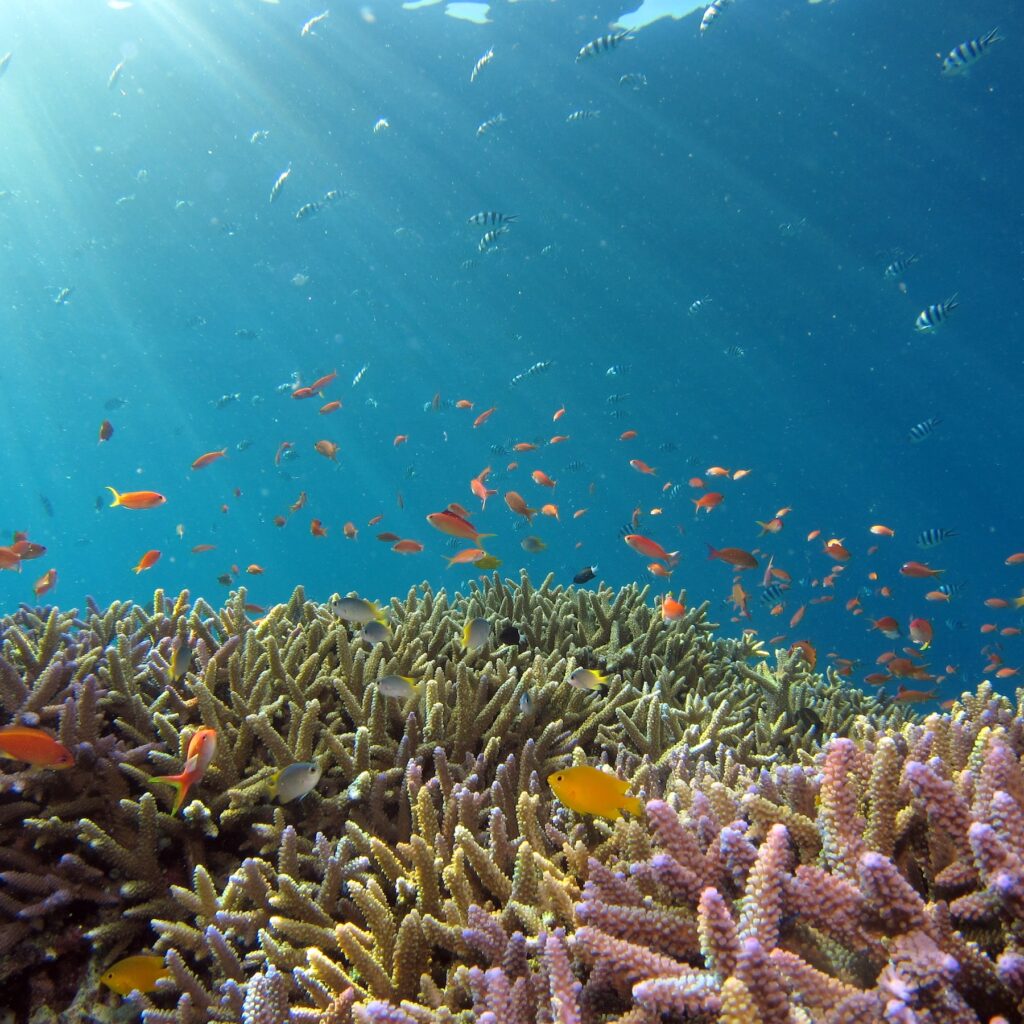Immerse oneself in a new world without leaving the couch through VR tourism (virtual reality). With 360-degree videos and photographs, the travel industry is transformed. Dream, explore, and discover like never before. This article will explain how traveling will become an immersive experience through virtual reality programs.
Check out the article below for more on roaming virtually.
VR Tourism
When one thinks of VR, most think about CGI (computer-generated imagery), comparable to the special effects in the movie Avatar, but VR tourism focuses on real-world imagery. The technical term is 360 VR or 360VR video, and it takes the user to a precise location instead of a computer-generated atmosphere.
The perceived imagery lets users take virtual tours of destinations, hotels, museums, historical sites, and other attractions. Finding the perfect hotel no longer requires reading lengthy descriptions, scouring through customer reviews, or browsing through photos and videos of the destination for information. VR tourism creates an efficient way to travel without the hassle and one gest to explore more destinations.
Sneak Peek
VR tourism’s most significant impact is the “sneak peek” of destinations and hotels. When viewing the future haven, one can explore famous landmarks, streets, and markets or wander along, deciding whether or not the atmosphere fits personal interests and preferences.
Many “sneak peeks” include a 360 video. The 360 video view saves time and costs for customers and travel agencies. The experience allows customers to make more informed decisions about their travel plans. At the same time, travel agents save on handing out brochures and promotional material. VR tourism also includes reducing a traveler’s carbon footprint by allowing the customer to visit those popular or environmentally sensitive areas without physically being there.

Still Roaming
VR tourism is a time and energy saver for customers. When booking a hotel, most customers prefer buying experiences rather than products. Marketers can give a preview of “what to expect,” as in a more transparent view of a hotel room and its amenities rather than a standard image.
The immersive technology also enables customers to take sightseeing to another level. One can tour a scuba diving area, fly in a hot air balloon or experience extreme sports without any risk of injury.
Conclusion
Although VR provides an exciting preview of destinations, it cannot fully replicate the sensory experiences and cultural interactions that physical travel offers. However, the technology continuously evolves to provide greater immersion and realism. In the meantime, VR tourism is a great way to save time and money, make informed decisions, and enjoy an everlasting worldview.
Check out Ferry Godmother’s Gaming World to discover new destinations.

